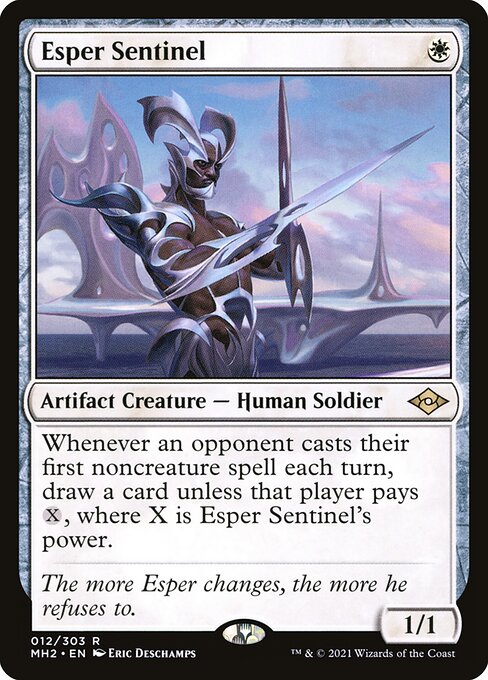Deck & Commander Strategies

Neriv, Heart of the Storm
Maximize damage from creatures entering the battlefield by doubling damage dealt, leveraging aggressive creatures with haste and damage triggers to overwhelm opponents quickly.

Ureni of the Unwritten
Cheat large dragons onto the battlefield from the top of the deck to generate powerful board presence and apply pressure through big, impactful creatures.

Kotis, the Fangkeeper
Ramp quickly into commander, then exile cards from opponents’ libraries to cast multiple spells for free, effectively stealing and reusing opponents’ resources to gain card advantage and board presence.

Betor, Kin to All
Accelerate mana ramp aggressively to deploy threats early and maintain pressure with efficient creatures, aiming to outpace opponents through tempo and continuous aggression.
Gameplay Insights
- 1
Players utilized pain lands heavily to accelerate mana at the cost of life, highlighting the aggressive tempo nature of the game.
- 2
Kotis’ ability to exile cards and cast spells for free created a significant swing by allowing resource denial and spell recasting from opponents’ libraries.
- 3
Neriv’s damage doubling effect turned each creature entry into a potential damage burst, forcing opponents to consider blocking and damage mitigation carefully.
- 4
The absence of traditional interaction in Kotis’ deck emphasized a strategy focused on stealing and using opponents’ resources rather than direct removal or counterspells.
- 5
Players coordinated attacks and damage to maximize the impact of damage triggers and force opponents into difficult board states early on.
Notable Cards
-

Kotis, the Fangkeeper
-

Neriv, Heart of the Storm
-

Ureni of the Unwritten
-

Betor, Kin to All
-

Esper Sentinel
-

Arcane Signet
Gameplay Summary
The game featured a four-player Commander match with each player piloting a dragon-themed deck led by unique commanders.
Early turns were marked by painful land drops as all players utilized pain lands, costing life but enabling fast mana acceleration.
Betor, Kin to All set a strong pace by ramping into his commander quickly, establishing a threatening board presence early.
Neriv, Heart of the Storm capitalized on damage doubling triggers to amplify the impact of creatures entering the battlefield, creating a high-damage aggression strategy.
Kotis, the Fangkeeper focused on ramping into his commander, then utilizing its ability to exile cards from opponents' libraries and cast spells for free, effectively leveraging stolen resources.
Ureni of the Unwritten aimed to cheat large dragons into play from the top of the deck, emphasizing explosive mid-to-late game power. A key turning point came when Kotis entered the battlefield and began exiling cards, enabling the casting of powerful spells without paying mana costs, disrupting opponents' resources.
Meanwhile, Neriv's repeated damage triggers kept the pressure on multiple opponents simultaneously.
Betor maintained a tempo advantage through aggressive ramp and continuous threat deployment.
The game evolved into a tense board state with players aware of each other's growing power and the threat of devastating dragon plays.
The interplay of resource denial, damage doubling, and free spell casting shaped the midgame, with all players maneuvering to avoid lethal damage while setting up their own win conditions.
Ultimately, the game showcased varied dragon synergies and highlighted the importance of balancing aggression with resource management in a multiplayer dragon-themed Commander showdown.





































